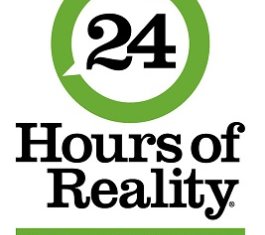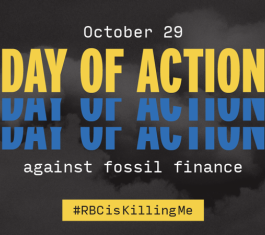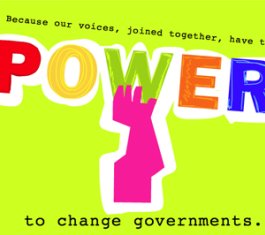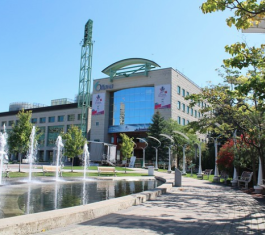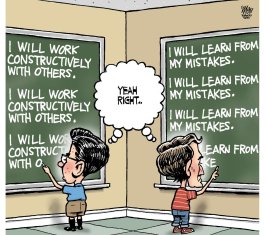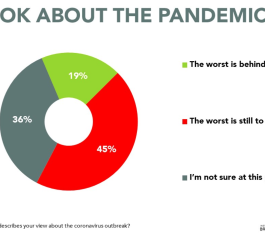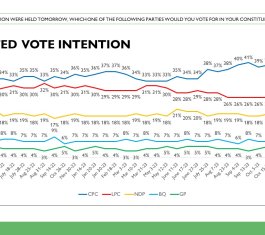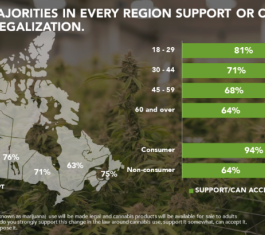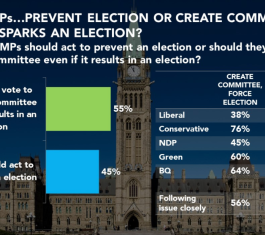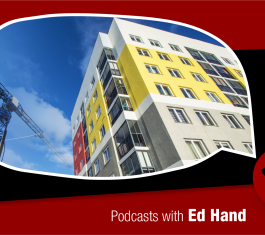Campaign Letter
Mental health & the biannual time change
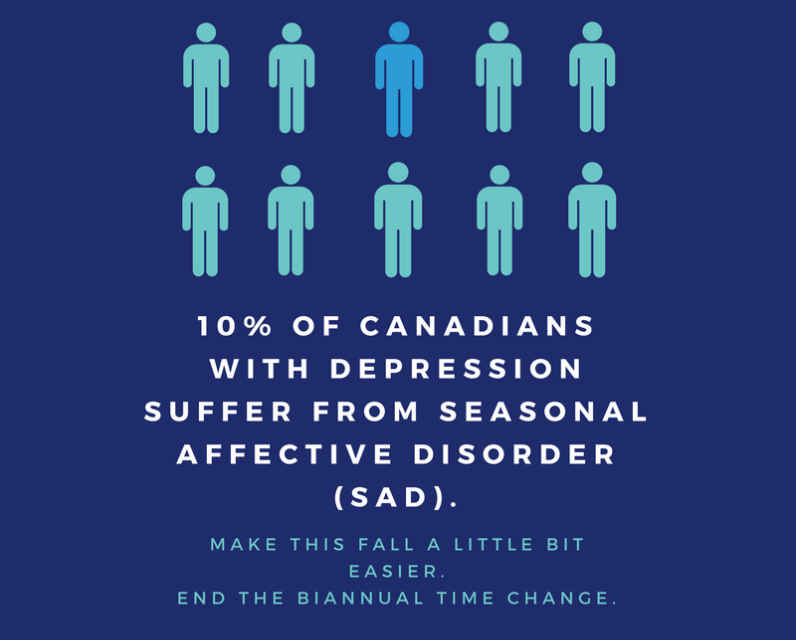
Have you ever felt drained, not as happy or found that life is more difficult from around October through February? If you have then you may have experienced the winter blues or SAD, known as Seasonal Affective Disorder.
WINTER BLUES V. SAD
The winter blues is akin to a mild depression where the individual experiences symptoms of depression but is still able to carry on with their daily life, whereas SAD is more akin to a full-blown major depression where the individual has a difficult time being an active participant in their everyday life.
Both mental health issues specifically affect individuals in the northern hemisphere like:
- Canada
- Denmark
- Finland
- Norway
- Sweden
- Russia
- Parts of the United States
The further away someone lives from the equator, the less sunlight they will be exposed to during the winter resulting in a vitamin D deficiency.
The opposite is also true in the summer where the further away someone lives from the equator the more sunlight they are exposed to during the day.
For example:
- Cochrane, Ontario:
- 8h12m between sunrise and sunset in the winter
- 16h13m between sunrise and sunset in the summer
- Suva, Fiji
- 11h2m between sunrise and sunset in winter
- 13h13m between sunrise and sunset in the summer
Now how many people does this effect in Canada?
- 2-3% of Canadians suffer from SAD;
- An additional 15% suffer from the winter blue; and,
- A total of 10% of all depression cases in Canada are as a result of SAD.
You’re probably thinking, so what? What does this have to do with the biannual time changes?
Psychologists and other professionals have only recently started studying the impact that the bi-annual time change has on individual’s mental health.
Just last year a study was published that showed that there was always an average of an 11 percent increase in hospital contact with unipolar depressive episodes in the 10 weeks following the autumn time change. (Check out the video abstract of that study on YouTube).
Other research that links the fall time change and depression shows a spike in suicides in data taken in Australia from 1971 to 2001.
Researchers theorized that the spike has to do with how light affect the way daylight saving time manipulates our hours of light and dark.
Moving the hour of daylight from afternoon to early morning, a time when most people are indoors anyway, whereas when people have some spare time in the afternoon or evening it is already dark. The observed association is primarily related to the psychological distress associated with the sudden advancement of sunset from 6 pm to 5 pm, which marks the coming of winter and a long period of short days.
This has a negative psychological impact on individuals prone to depression, and pushes them over the threshold to develop manifest depression. Furthermore, individuals having previously developed depression in the winter (as part of seasonal affective disorder) may perceive the transition from summer time to standard time as an omen of a new depression to come, which could have a depressogenic effect in itself.
If you look at when the sun set the day prior to Daylight Saving Time on November 4, 2017, in Ottawa, it set at 6:04 p.m. compared to 5:04 p.m. after Daylight Saving Tim took effect the following day. Between the summer solstice and winter solstice there is a loss of 6 hours and 31 minutes of daylight in Toronto.
If Ontario were to choose to adopt Atlantic Standard Time year round then the loss of daylight would be one hour less and we could avoid a spike in major depressive episodes during the fall time change.
While this is not a cure for SAD, or the winter blues, it would ultimately save some money in healthcare as that spike would no longer happen and individuals can gradually get used to having less daylight, thus making the adjustment to longer nights less harsh.
It isn’t just the fall time change that wreaks havoc on mental health. The spring time change also effects mental health.
The time change in the spring essentially makes us feel the effects of jet lag as we lose an hour of sleep. It takes a minimum of three weeks to get used to the time change, though research suggests that our bodies do not necessarily get used to the spring transition because our bodies are made for the natural shifts in daylight.
Many physiological processes show circadian rhythms of activity. Sleeping and waking are the most obvious circadian rhythms in mammals. There is considerable evidence that circadian and sleep disturbances are important in the pathophysiology of mood disorders, depression and anxiety. Depressed individuals often show altered circadian rhythms, sleep disturbances and mood disorders.
Individuals that are night owls and those that suffer from insomnia are the ones that are most likely to suffer from the spring time change because they are the ones whose natural circadian rhythm is already disturbed and the change in time causes a further disturbance that can be difficult for them to recover from.
Finland was able to get the EU to start looking into eliminating the biannual time change by presenting a petition with 70,000 signatures because of the research that has been coming out showing how disturbed circadian rhythm effects individuals.
Those that work shift work and those who experience prolonged sleep disturbances are also most likely to experience a cognitive decline, including anxiety and Alzheimer’s, because of a lack of sleep.
As more research and understanding of mental health increases, more research will be done to explore the link between the biannual time change on individual mental health. As time goes on there is more evidence linking poor mental health to both the spring and fall time change. Even though we cannot see mental health problems, we should not underestimate how the impact on individuals affects society as a whole.



































